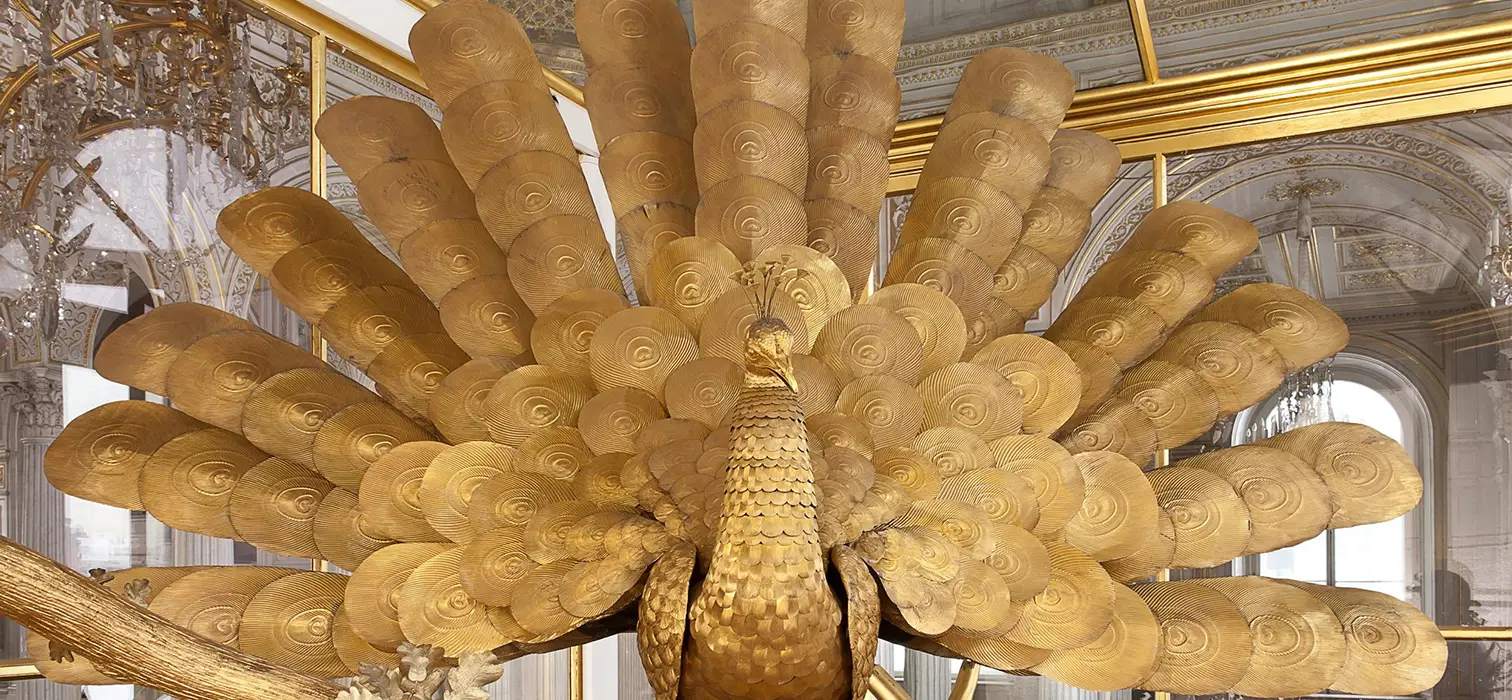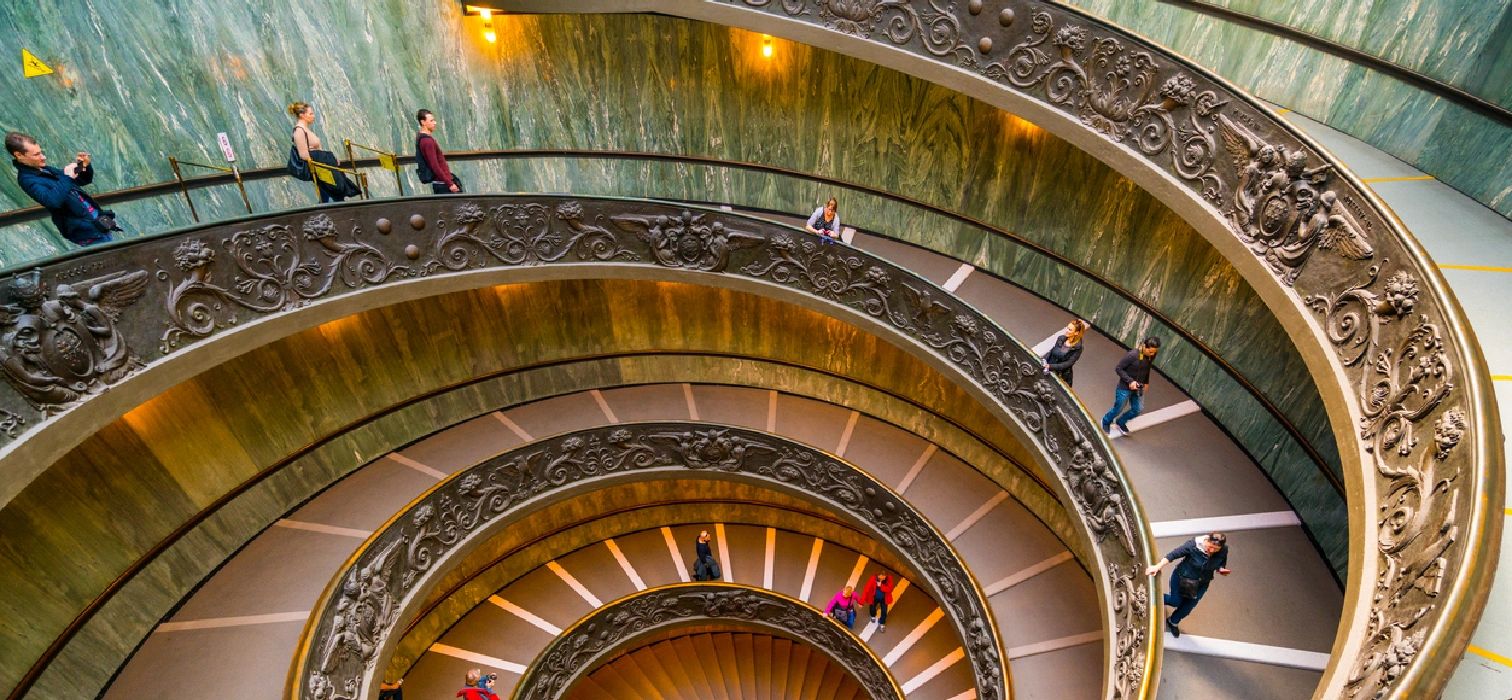
Could fiction, which stand in the middle of every field of art, show the viewer that real life is also a kind of fiction, and that art is actually a long story to discover? Constructed works, exhibitions tell where the story can begin and whisper that it is endless…
In contemporary art, we see more and more fictionalized exhibitions, works based on real concepts based on fiction and imagination, and their stories have begun to take a deep place in our lives.
Turning a fictionalized reality into a story and reaching the audience through the eyes of the artist or the perspective of the curator is not a new trend, but it is a practice we see more and more frequently. On the other hand, where a fictional work or a fictionalized story (and exhibition) begins and ends will reveal itself over time. How accurately these works or exhibitions express themselves to the audience, and the thoughts, reactions and conclusions that we have as visitors when we encounter fictional works, do not all these become real?
From these perspectives, fiction actually shows not a story that is not true, but that everything in every aspect of our lives is fictional and that these are real. The word fiction mentioned in literary works was used for the first time by Samuel Johnson, one of the important writers of the Age of Enlightenment. In one of his articles, Johnson explains how important the word fiction has in English language and literature. According to Johnson, this is such a valuable and important field that; deepens the capacity of people to understand and communicate with each other. Because, fiction literature-fiction work, every field where fiction and fiction exist are affected by daily life, emotions and features that exist only in humans. * (Sukla, 2015:16). Thus, it expresses the real, not the unreal.

The Deceptive Nature of Language
Today, we use fiction or fiction to express and make sense of the unreal. In this case, can we say that we are in the middle of the deceptive nature of language? Language exists in an abstract field beyond visuality, sometimes alone, under the influence of everything. This existence sometimes produces such different meanings that it is impossible for every moment that we question or, more simply, not to turn into stories in our minds through language. For this reason, in the middle of our lives, we are sometimes left alone with “meaning shifts”.
“The word fiction has undergone such a shift in usage in art and literature,” says literati and author Professor Ananta Ch. Sukla. When we say “fiction”, we think that we encounter a story that is only verbal, remains in thought, and is not true. At that moment, “imaginary” expressions come to our minds in a fictionalized and questioned space. However, this questionable word stands in an area that reflects reality in our lives. Therefore, the word fiction is now used in contemporary art and museums, and instead of denoting something unreal, it denotes a reality that is united by imagination, independent of all beliefs. Most importantly, it gives deep information about the creator of the work.

Artist Heather Phillipson’s exhibition, which she brought to life with a large installation in Tate Britain in 2021, opened the doors to a fictional world within the framework of events dedicated to reality. In fact, we first got to know her at the 14th Istanbul Biennial, with her site-specific installation titled “Preparation/Nothing”. In this room,she was showing the reality of a fictional parallel world into which she engulfed us. In the exhibition “Rupture NO 1: blowtorching the bitten peach”, which started in 2021 and ended in January 2022, Philipson transformed Tate Britain’s Duvey Galleries into a completely different place. For Phillipson, nothing we see around us is one thing… Everything can be many things at once. They make sense when they are together, rather than as separate phrases. The artist collects everything she sees, hears and feels in his daily life. Putting fiction at the center of her works is a form of communication for her. Phillipson finally stands in any place where fiction has brought her, and from that moment on she thinks she is a spectator in this universe she has built. Her art consists of works that emerge by being fictionalized, narrated, and see themselves as a part of a fictional story.

The basis of artist Ariana Papademetropoulos’ exhibition titled “The Emerald Tablet”, which was also held at Jeffrey Deitch Gallery in Los Angeles in 2021, was based solely on fiction and fictional concepts. The exhibition was both a solo exhibition and a curatorial project of the artist. In the exhibition, Papademetropoulos exhibited the works of different artists and his own works at the same time, bringing together the parallel worlds of occultism, cinema and fiction. The artist was giving us the key to another world, both with the works he chose and in his own works. Not only that, Papademetropoulos put the road story of Dorothy in Frank Baum’s novel The Wizard of Oz (his arrival to The Wizard of Oz) as the starting point of the exhibition, right in the middle of the production of his works. The artist was revealing the relationship between esotericism and popular culture in this story. The works of artists such as Isabelle Albuquerque, Theodora Allen and Friedrich Kunath were also exhibited in this exhibition, which started from fiction and eventually made a journey to reality.

The fiction, which stands in the middle of our lives, actually creates moments when the images in our dreams turn into reality while telling us the roads and the journey. Once again, we are sure: we are actually facing the facts. Curated by Nergis Abiyeva and Uras Kızıl, the exhibition “Mental Imaginations of Things That Aren’t Real” at Summart expresses the imaginary expression of everything we call fiction, space, object, emotion that is not here now, that we cannot experience immediately. While revealing the reality of fiction, the exhibition draws on the words, concepts and expressions used by Ursula K. Le Guin while describing Jorge Luis Borges. Le Guin calls the things that appear in Borges’s poems and stories “mental representations of things that don’t really exist.” Thus, Uras Kizil and Nergis Abiyeva also offer us a fictional atmosphere. But of course, it is necessary to say this just in case: We are no longer in a period where we can say that something intangible is not real. In every aspect of our lives, we wander between concepts that are realized through feelings and intangible, and we can experience reality from a different area.
As Umberto Eco states in the opening text of his book On Literature, literature (and art) introduces concepts that we do not see and cannot grasp, but everything that happens in those stories, novels (it should be added here in exhibitions) is real; because we look at life with the effect of their feelings and depth.
*Sukla, Ananta Ch., Fiction and Art , Bloomsbury, Londra 2015



